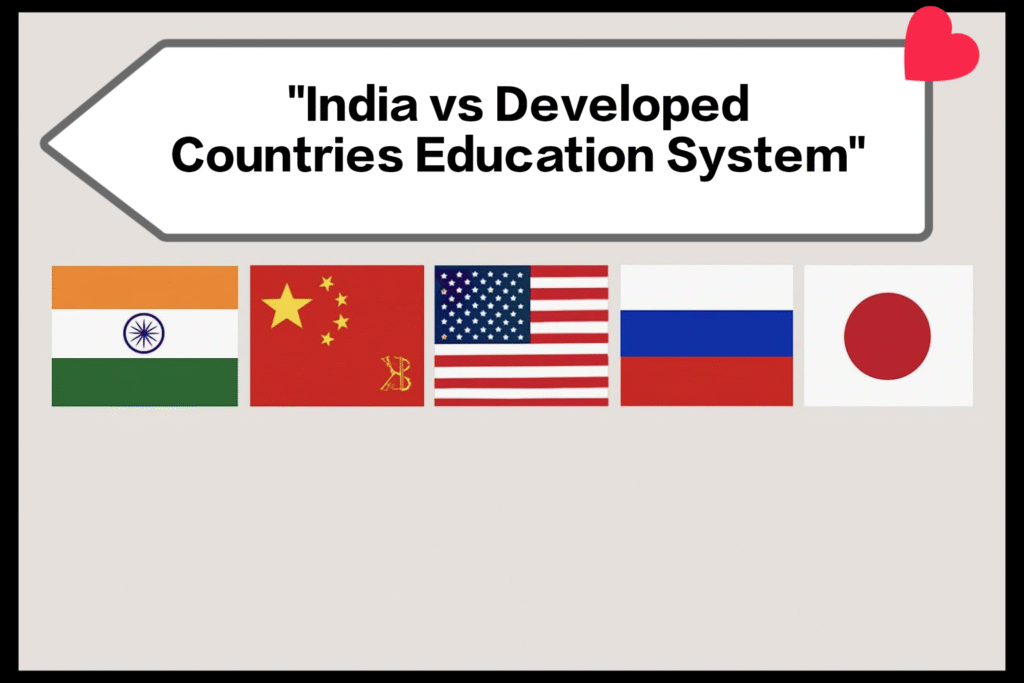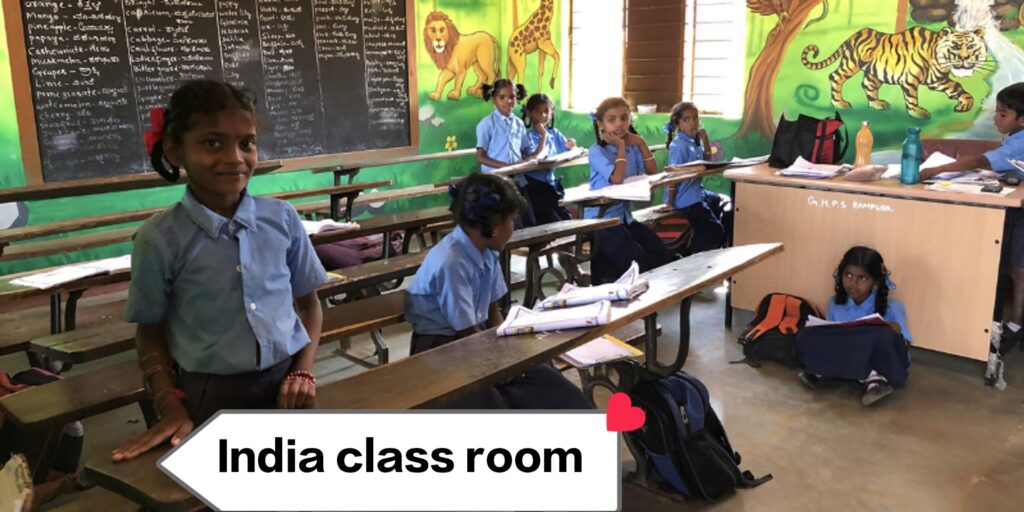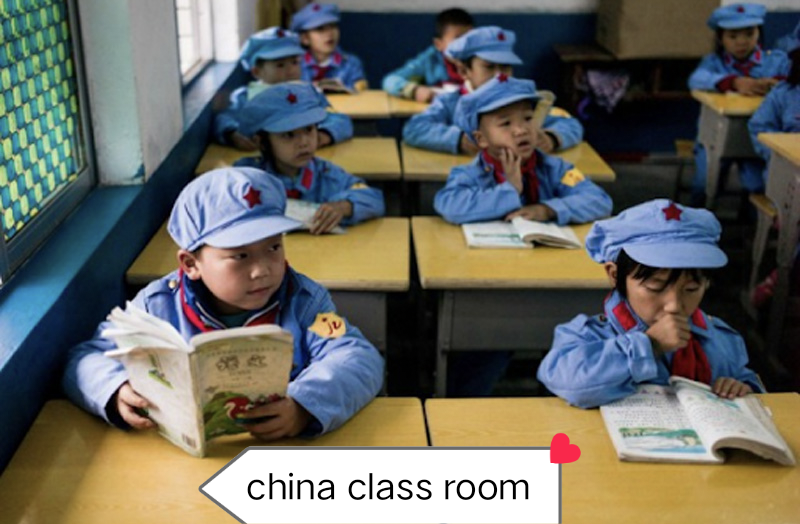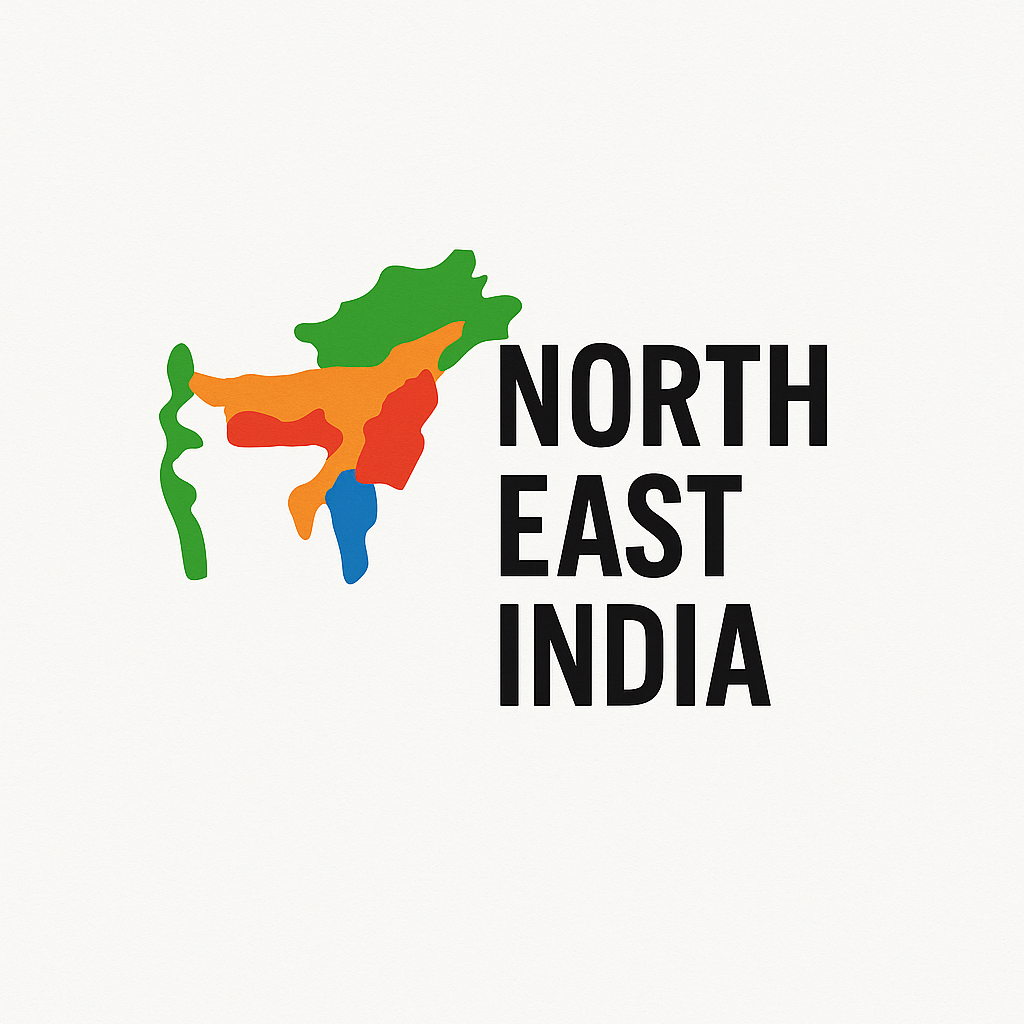
Education is more than just schooling — it is the foundation of national growth, innovation, and global competitiveness. When we compare the India vs developed countries education system, especially at the primary level, we see a clear difference not just in curriculum but in philosophy, access, innovation, and future-readiness.
This blog India vs Developed Countries Education provides a full Class 1 curriculum comparison between India and China and explores why China is more innovative in its approach to early childhood education.
🧠 Why Compare Education Systems?(India vs Developed Countries Education)
Comparing the Indian vs Developed countries education models is not about undermining India. It is about understanding what works globally and how those methods can benefit millions of Indian students.
A global education comparison gives us insights into:
- Curriculum design and structure
- Use of technology in classrooms
- Focus on creativity vs rote learning
- Equity of access and affordability
- Role of moral, civic, and emotional development
भारत में Corruption & Politics: जनता की उम्मीदें और नेताओं की सच्चाई

🌏 Class 1 Curriculum Snapshot: Global Education Comparison
| Country | Language | Math | Moral Education | Digital Access | Teaching Style |
|---|---|---|---|---|---|
| India 🇮🇳 | English + Hindi/Regional | Up to 100, shapes | Integrated with EVS | Optional in private schools | Textbook + activity-based |
| China 🇨🇳 | Mandarin + Pinyin | Up to 100, logic-based | Dedicated subject (品德与生活) | Urban schools fully digital | Structured, disciplined |
| USA 🇺🇸 | English | Up to 120, charts, time | Integrated in stories | Widespread digital tools | Project-based, creative |
| Japan 🇯🇵 | Japanese (Kana + Kanji) | Up to 100, time, graphs | Dedicated subject | Limited tech in early years | Collaborative, routine-driven |
| Russia 🇷🇺 | Russian | Up to 100, logic puzzles | Integrated in stories | Optional in urban areas | Traditional, content-heavy |
🚀 Where India Lags Behind in Global Education Comparison(India vs Developed Countries Education)
1. Over-Reliance on Rote Learning
India still emphasizes memorization over application. Developed countries promote problem-solving, inquiry-based learning, and conceptual understanding from the early years.
2. Unequal Digital Access
Digital learning is optional and mainly in private schools. In contrast, countries like China and the USA provide nationwide access to smart classrooms and e-learning platforms, even in rural regions.
3. GST on Education Services
India imposes 18% GST on private coaching and ed-tech services, making quality learning costlier for middle-class families. Developed nations often subsidize or fully fund primary education and digital tools.
India’s Broken Tax System: High Taxes, Broken Roads – Where Is Our Money Going in 2025?
4. Lack of Moral & Civic Education Structure
In India, moral values are informally taught. Meanwhile, countries like China and Japan offer formal moral education focused on respect, discipline, and responsibility.
5. Inconsistent Curriculum Standards
India has multiple boards (CBSE, ICSE, State Boards), creating curriculum inconsistency. Most developed countries follow a centralized national curriculum, ensuring uniform learning quality.
📼 90s to Now: The Exciting Evolution of Life, Lifestyle & Gadgets in India

💡 What India Can Learn from Developed Countries
To bridge the gap between India vs developed countries education, India can take the following key lessons:
✅ 1. Introduce a Unified Foundational Curriculum
A single, national foundational curriculum (as proposed by NEP 2020) can help ensure all Indian children receive the same quality education regardless of region or income.
✅ 2. Make Digital Education Free in Government Schools
China’s investment in AI-powered classrooms and the USA’s Chromebooks-for-all strategy show how digital equity enhances learning. India must do the same in its public schools.
✅ 3. Reform Teacher Training
Teachers should be trained in experiential, activity-based teaching methods, using tech, creativity, and emotional intelligence to guide learning.
✅ 4. Cut or Eliminate GST on Education
Reduce the 18% GST burden on private coaching, ed-tech, and school accessories to make learning more affordable for all sections of society.
✅ 5. Institutionalize Moral and Civic Education
Introduce a formal subject that teaches values, ethics, social behavior, and national responsibility, as seen in Japan and China.
Transforming Rural India: The Power & Challenges of Rural Development in 2025
🏛️ India vs Developed countries Education System: Policy Mindset Matters
What sets developed countries apart is not just money — it’s mindset and long-term planning. Education is treated as a national investment, not a sector to profit from. Their governments actively drive reform, innovation, and inclusivity in schooling.
India must adopt this vision. The need is not to copy others blindly but to adapt the best global practices to Indian realities — and fast.
🎯 Why India is Not Fully Following Developed Countries’ Education Policies
India has indeed introduced reforms (like NEP 2020) that aim to align with global standards. However, the on-ground implementation remains poor, especially in government schools, and that gap between policy and practice is where the core issue lies.
Here are the main reasons India still lags behind developed countries in modernizing government schools:
1. ⚖️ Policy Implementation vs Intent
India’s education policies are ambitious on paper:
- NEP 2020 promotes early childhood education, digital literacy, mother tongue learning, and vocational training.
- Schemes like Samagra Shiksha Abhiyan aim to improve infrastructure.
But why does it fail?
Because of:
- Bureaucratic inefficiency
- Corruption in state-level fund usage
- Lack of political accountability
- Low teacher training investment
✍️ Developed countries have strong systems of accountability and decentralized school management, which India lacks at scale.
2. 💼 Private School Lobby & Business Interests
Yes, your concern about private school business influencing the status quo is very real.
- Many private school chains are owned or backed by politicians, bureaucrats, or wealthy businessmen.
- These schools earn huge profits through high fees, donations, and franchise models.
- Modernizing government schools would directly impact their business model.
- There is no strong political will to disrupt this ecosystem — because the same power groups control both education and politics.
🧾 In many cities, private schools function like corporations, and government rules are easily bypassed due to political backing.
3. 💰 Funding & Budget Priorities
India spends about 2.9% of its GDP on education (as per recent data) — far below the 6% recommended by the Kothari Commission and lower than most developed nations.
Compare that to:
- USA: ~5–6%
- Finland: ~7%
- China: ~4% but with far better utilization
Without adequate funding, modernization of governments schools remains a dream. Even basic infrastructure like toilets, libraries, or computers are missing in many Indian schools.
4. 🏫 Perception of Government Schools
- Many parents (even poor ones) avoid government schools due to:
- Poor teaching quality
- Lack of English-medium education
- Overcrowded classes and unclean premises
As a result, even low-income families stretch their budgets to send kids to low-cost private schools, reinforcing the belief that government education is inferior — a perception rarely seen in developed nations.
Developed countries treat public education as a matter of national pride, not charity.
5. 🔁 Vicious Cycle of Inequality
- Weak government schools → More students in private schools → More profit for private players → Less pressure on government to improve → More neglect.
This cycle serves the elite, not the poor. It widens the education gap, affecting employment, innovation, and nation-building.
🧠 So Is It a Conspiracy or Structural Neglect?( India vs Developed Countries Education System)
It’s not always an organized conspiracy — but it is a combination of neglect, political interest, lack of accountability, and vested business interests that keep government schools underdeveloped.
India does not lack ideas. It lacks:
- Implementation
- Political courage
- Pressure from citizens and voters
Gambling: A Shortcut to Ruin in the Name of Quick Riches
✅ What Can Be Done?
- Public pressure for transparency and performance in school spending
- RTI usage to audit education schemes
- Strengthen local governance in schools (School Management Committees)
- Encourage CSR in rural government schools, not just private education donations
- Make education a key voting issue
🗣️ Final Thought:
“When education becomes a business, the child becomes a customer, and learning becomes a product.”
India must break free from this mindset if it truly wants to be a developed nation. Reforming government education is not an option — it’s a national emergency for our demographic dividend.
✊ This Is Not Anti-India, It’s Pro-Progress
Let us be clear — this article India vs Developed Countries Education System is not an attack on India. It is a call to action. True patriotism lies in recognizing where we can improve and taking bold steps to do so.
If we continue defending outdated systems without demanding change, we risk leaving our next generation underprepared in a global economy. Education is the root of any developed country. If India truly wants to be among them, reforming the education system is non-negotiable.
🌄 Plan Your Trip to Northeast India with Us!
Want to explore the untouched beauty of the Northeast?
From the misty mountains of Mizoram to the living root bridges of Meghalaya, and the cultural heart of Assam — we’ve got you covered!
✅ Personalized Travel Itinerary
✅ Local Guides & 24/7 Support
✅ Best Hotel & Homestay Options
✅ Group Tours & Solo Packages
✅ Affordable, Safe & Hassle-Free
📩 Contact us today and let’s start planning your dream trip!
📞 Call/WhatsApp: 8453980642
🧳 Book your Northeast adventure now – Discover places you’ve only dreamed of!
